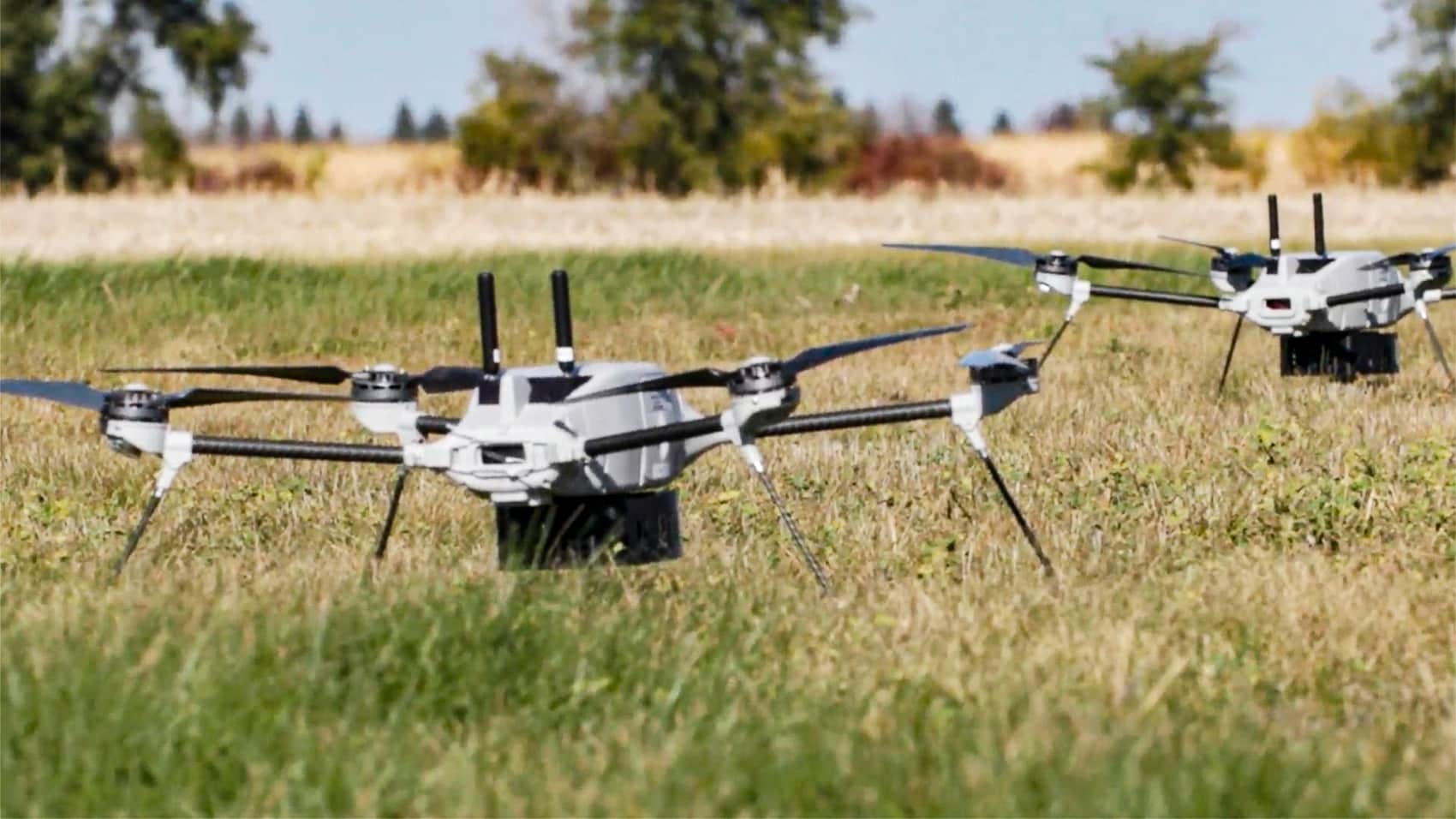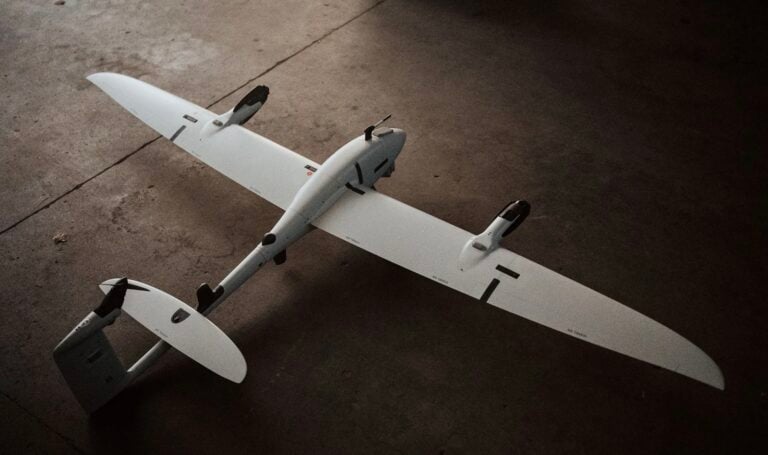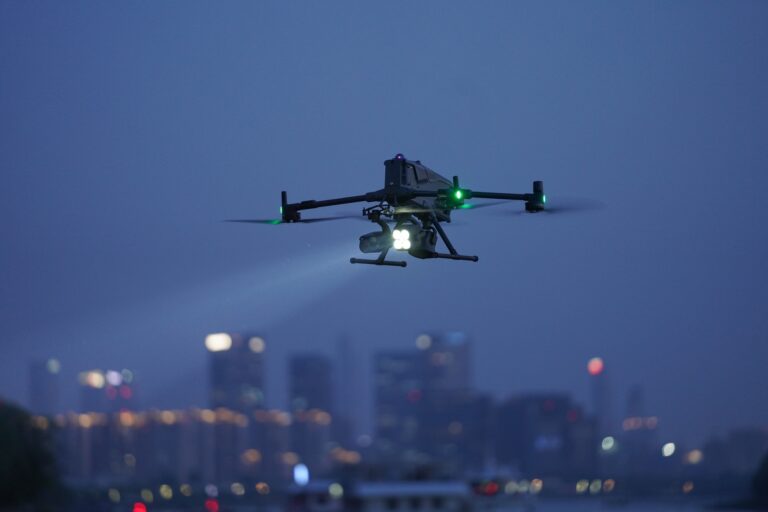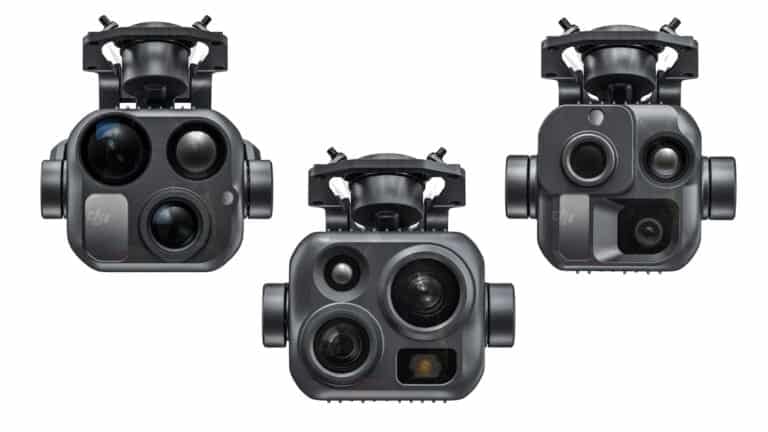Smart Drone Swarms: The Future of Warfare or a Sci-Fi Fever Dream from Lockheed and IBM?

Amazon Drone Deals: DJI Mini 5 Pro Fly More Combo with DJI RC2 now for $1,099!
In a world where warfare moves faster than my attempts to parallel park (not my fault that I’m not only a drone pilot but also a Limo driver), Lockheed Martin and IBM’s Red Hat have teamed up to unleash a new breed of drone swarms that could make even the most grizzled general do a double-take. These aren’t your backyard hobbyist drones buzzing around like confused bumblebees. We’re talking about the Indago 4, a tactical quadcopter so smart it could probably beat you at chess while dodging enemy fire. With AI, machine learning, and real-time software updates, these swarms are designed to adapt, evolve, and outsmart threats in live battle zones. Buckle up, because this tech is straight out of a sci-fi blockbuster—minus the ominous soundtrack.
Swarm Smarts: Thinking Faster Than Your Ex’s Revenge Plot

Picture this: a swarm of Indago 4 drones, each the size of a backpack, zipping across a battlefield with the coordination of a synchronized swim team. Thanks to Red Hat’s Device Edge (RHDE) software, these drones don’t need to phone home to base for updates. They get secure software patches mid-flight, adapting to new threats faster than you can say “system reboot.” This is like giving a flock of birds a mid-air PowerPoint presentation on how to dodge a hawk—and them actually listening.
Here they are in action
The Indago 4, built by Lockheed’s Skunk Works, comes loaded with 360-degree surveillance, high-res cameras, and enough AI to make your iPhone 16 Pro Max jealous. These drones can execute complex missions, reassign tasks if one gets zapped, and even navigate without GPS using Northstar™ software. With 50-70 minutes of flight time and a 10 km datalink range, they’re built to loiter longer than your uncle at a free buffet. The swarm’s ability to share live intel means they can cover vast terrain, spot threats, and redirect themselves in real-time, all while keeping their whisper-quiet acoustic signature. It’s like a ninja convention with wings.

Tactics That Make the Enemy Sweat
These drone swarms aren’t just flying around looking pretty—they’ve got tactics that would make Sun Tzu nod approvingly. Coordinated area search lets them sweep wide areas, sharing data to cut search times down to the bone. If one drone goes down (RIP, little buddy), dynamic re-tasking kicks in, redistributing jobs among the survivors like a well-run office after a round of layoffs. Threat avoidance? Oh, they’ve got that covered, too, using shared intel to dodge hostile systems faster than you avoid your neighbor’s BBQ invites.
Then there’s collaborative targeting, where multiple drones lock onto a moving target, passing data back and forth to ensure precision strikes or interdiction. It’s like a pack of wolves hunting, except these wolves have thermal cameras and can see in the dark.
Katie Gilmore, Lockheed’s Program Manager, sums it up: “This work helps UAVs receive updated software modules on the fly, transforming how we manage and update edge devices.” Translation? These drones are smarter than half the people I know, and they’re ready to dominate the battlefield.
Open Architecture: The LEGO Set of Warfare
What makes this system truly wild is its open architecture. Lockheed’s not gatekeeping this tech like a hipster with a secret coffee shop. New AI models, threat databases, or flight controls can be plugged in without a complete overhaul, thanks to secure network updates. This means the swarm can evolve fast, integrating commercial, defense, or even quirky non-traditional tech with minimal fuss.
This flexibility also makes the swarm a nightmare for adversaries. They can fly longer, venture deeper into enemy territory, and operate without constant human micromanaging.
They don’t need us.
In a world where centralized command centers are prime targets, these autonomous swarms are like that one friend who always survives the horror movie—resilient, adaptable, and a little too clever for comfort. By merging commercial tech with military-grade systems, Lockheed and Red Hat are ensuring these drones stay ahead of the curve, ready to tackle the chaos of modern warfare. Integrating with IBM has to be one of Lockheed Martin best moves.
I bet that this video can explain the Red Hat Edge Manager better than me
My Take: Drones, War, and Watching How Drones Outsmart Us
Now, let’s get personal. This tech is undeniably cool—like, “I want to brag about it at a bar” cool. But it also gives me pause, and not just because I’m worried about drones outsmarting me at poker. The ability to update and adapt mid-mission is a game-changer, especially when you look at conflicts like Russia and Ukraine, where drones have become the MVPs of the battlefield. Ukraine’s use of cheap, agile drones to take out tanks and troops has shown how these machines can punch above their weight. Russia’s counter-drone tech, meanwhile, is a reminder that this is an arms race where every second counts.
My concern? The more autonomous these swarms get, the closer we tiptoe to that sci-fi trope where machines start making decisions we didn’t sign off on.
So, you know this movie? How it everything started?
Sure, the Indago 4’s AI is designed to protect people and infrastructure, but what happens when a swarm misinterprets a “threat” or gets hacked by some coder in a basement? The Russia-Ukraine war has already shown how drones can shift the tide—Ukraine’s Bayraktar TB2s were practically folk heroes early on—but it’s also exposed vulnerabilities, like electronic warfare jamming signals. Lockheed’s open architecture is a double-edged sword: it’s flexible, but it could also be a backdoor for trouble if not locked down tighter than Fort Knox.
Still, I can’t help but marvel at the ingenuity. These swarms could save lives by reducing the need for soldiers to enter hot zones, and their precision could minimize collateral damage—something both sides in Ukraine have struggled with. But as we cheer for smarter drones, let’s not forget to keep a human finger on the trigger. Or at least make sure the drones don’t start writing their own sci-fi scripts where we’re the bad guys. Until then, I’ll be over here, wondering if my Roomba is secretly training to join the swarm.

Images courtesy of iRobot, IBM and Lockheed Martin
Discover more from DroneXL.co
Subscribe to get the latest posts sent to your email.
Check out our Classic Line of T-Shirts, Polos, Hoodies and more in our new store today!

MAKE YOUR VOICE HEARD
Proposed legislation threatens your ability to use drones for fun, work, and safety. The Drone Advocacy Alliance is fighting to ensure your voice is heard in these critical policy discussions.Join us and tell your elected officials to protect your right to fly.
Get your Part 107 Certificate
Pass the Part 107 test and take to the skies with the Pilot Institute. We have helped thousands of people become airplane and commercial drone pilots. Our courses are designed by industry experts to help you pass FAA tests and achieve your dreams.

Copyright © DroneXL.co 2025. All rights reserved. The content, images, and intellectual property on this website are protected by copyright law. Reproduction or distribution of any material without prior written permission from DroneXL.co is strictly prohibited. For permissions and inquiries, please contact us first. DroneXL.co is a proud partner of the Drone Advocacy Alliance. Be sure to check out DroneXL's sister site, EVXL.co, for all the latest news on electric vehicles.
FTC: DroneXL.co is an Amazon Associate and uses affiliate links that can generate income from qualifying purchases. We do not sell, share, rent out, or spam your email.





















